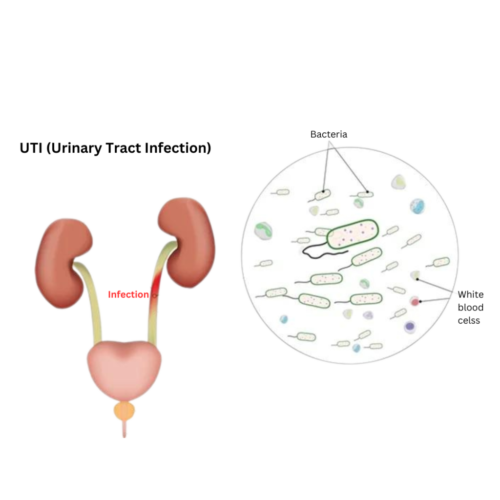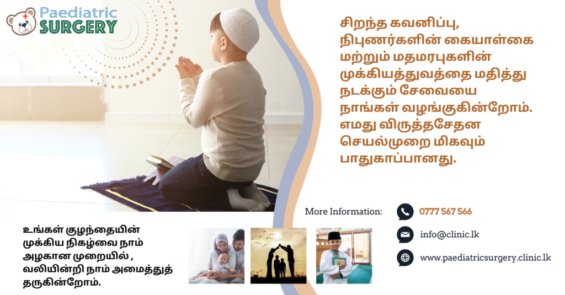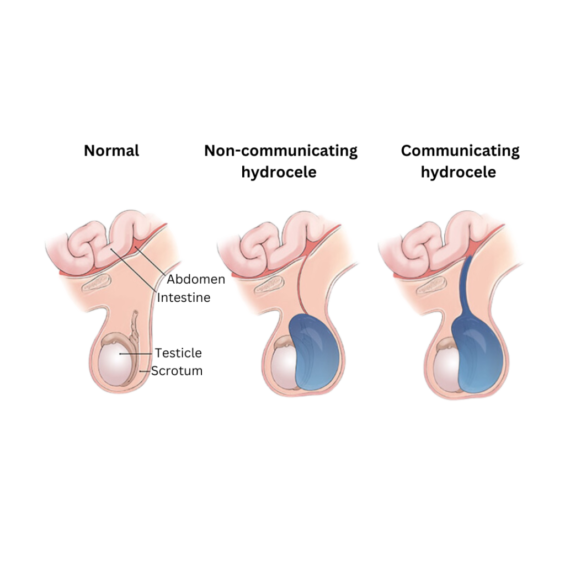Common Pediatric Urologic Conditions
Undescended Testicles (Cryptorchidism):
- Occurs when one or both testicles fail to descend from the abdomen into the scrotum before birth.
- Can increase risk of infertility and testicular cancer later in life.
- Treated with a surgical procedure called orchidopexy to bring the testicle(s) down into the scrotum.
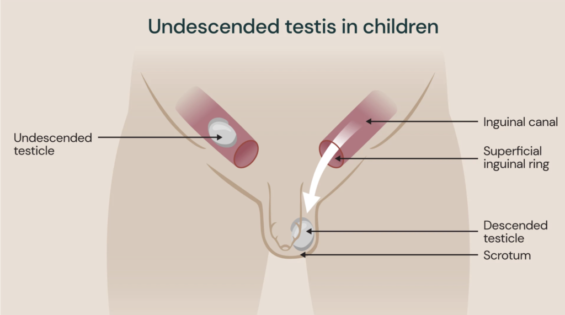
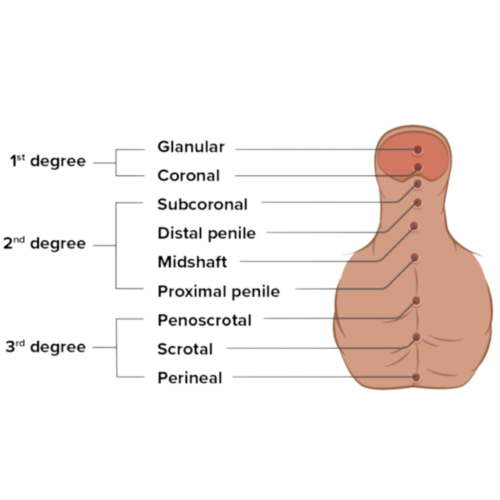
Trusted treatments for Hypospadias:
- A birth defect where the opening of the urethra (urine tube) is located on the underside of the penis instead of the tip.
- May also involve an abnormal curvature of the penis (chordee).
- Can be corrected with surgery (hypospadias repair) to improve function and appearance.
Vesicoureteral Reflux (VUR):
- Urine flows backward from the bladder to the kidneys, which can damage the kidneys.
- May cause UTIs and other problems.
- Often resolves on its own, but sometimes requires medication or surgery to prevent reflux.
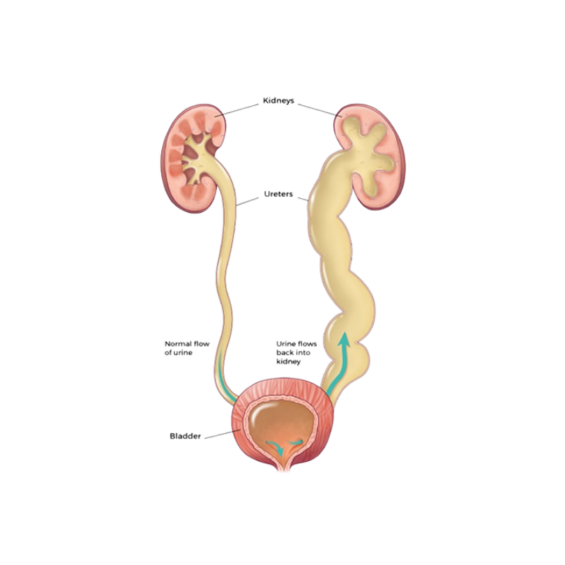
Prompt and correct treatment necessory for Urinary Tract Infections (UTIs):
- Bacterial infections that can occur anywhere in the urinary tract (kidneys, ureters, bladder, urethra).
- More common in girls than boys.
- Symptoms can include burning with urination, frequent urination, and pain in the lower abdomen.
- Treated with antibiotics.
Bedwetting (Nocturnal Enuresis):
- Involuntary urination during sleep after the age of 5.
- Very common and usually not a sign of a medical problem.
- Treatment options include behavioral modifications, medications, and alarms.
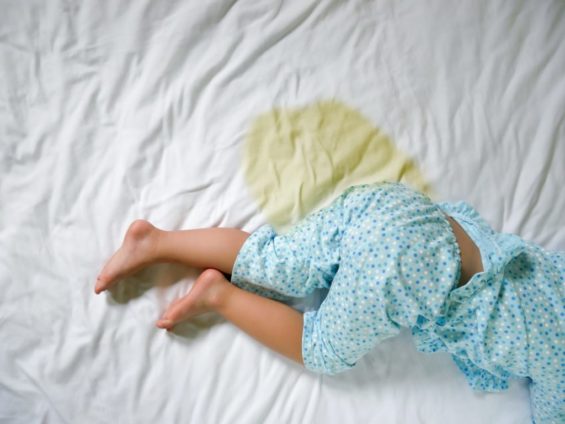

Several non-surgical options for Phimosis:
- Tight foreskin that cannot be retracted over the glans (head) of the penis.
- Usually resolves on its own, but sometimes requires circumcision (surgical removal of the foreskin).
Safe and Respectful Circumcision: A Tradition Honored
Circumcision, a significant religious and cultural practice for many families, is a rite of passage often performed in childhood. At Paediatric Surgery Clinic, Kandy, we understand the deep-rooted significance of this tradition and are committed to providing safe, pain-free, and respectful circumcision services for your child.
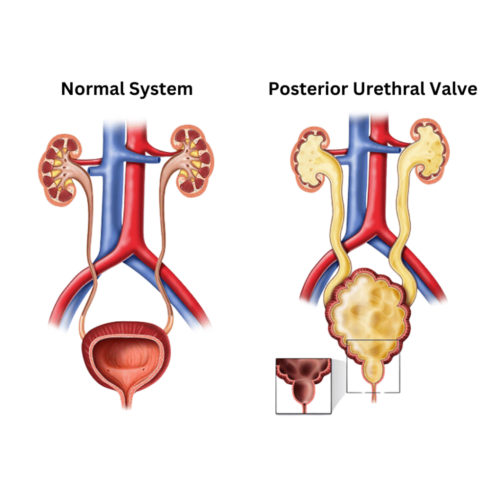
Immediate treatments for Posterior Urethral Valves (PUV):
- Malformations in the urethra that obstruct urine flow.
- Can cause bladder damage and kidney problems.
- Treated with surgery to remove the valves.
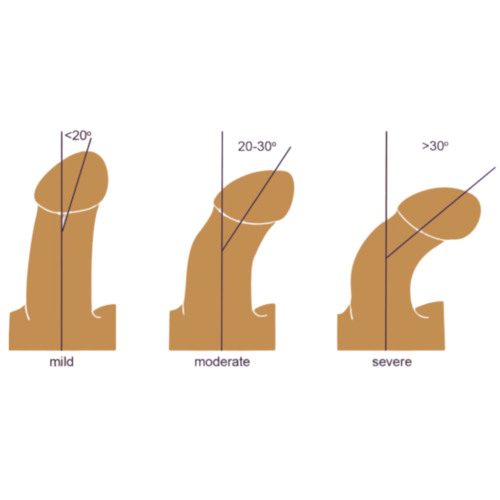
Early correction gives better results Congenital chordee
Surgery to correct chordee is usually performed in early childhood, around age 2. This is because the penis is still growing and developing at this age, and surgery is easier to perform. The type of surgery will depend on the severity of the curvature and the presence of hypospadias.
Helping Tiny Kidneys Drain Better: Pyeloplasty for Childhood Hydronephrosis
Benefits of Pyeloplasty for Children
Pyeloplasty is a highly successful surgery with a success rate exceeding 90%. Here’s why it’s a great option for children with hydronephrosis:
- Preserves Kidney Function: By relieving the blockage and preventing further kidney damage, pyeloplasty helps ensure healthy kidney function in the long run.
- Minimally Invasive: Laparoscopic pyeloplasty offers quicker recovery times and less pain compared to an open approach.
- Safe and Effective: Pyeloplasty is a well-established surgery with a good safety profile.
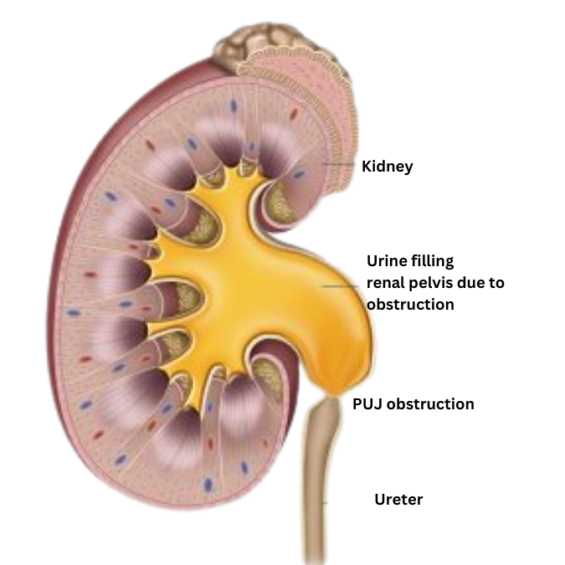

Immediate treatments for Posterior Urethral Valves (PUV):
- Malformations in the urethra that obstruct urine flow.
- Can cause bladder damage and kidney problems.
- Treated with surgery to remove the valves.

Early correction gives better results Congenital chordee
Surgery to correct chordee is usually performed in early childhood, around age 2. This is because the penis is still growing and developing at this age, and surgery is easier to perform. The type of surgery will depend on the severity of the curvature and the presence of hypospadias.

